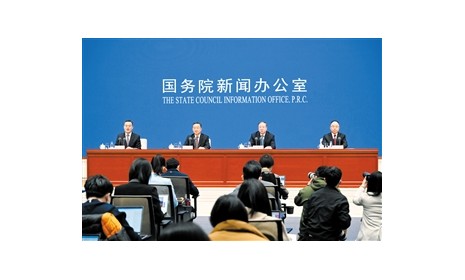食品伙伴网导读:欧洲食品安全局于2010年7月发表了关于农药残留的年度报告,这份报告对欧盟的2008年度食品中农药残留进行了概述。对揭发欧洲消费者饮食中的农药残留的行为做了评价。这份报告表明,被分析的试样中的96.5%,符合欧盟所允许的最大残留限量标准。超标3.5%。而2007年,超标的试样则多达4.2%。本报告使用了欧盟成员国都允许的检测方法,检测了200种不同类型的食品的超过70000份试样中862种不同的农药残留。
原文报道:
EFSA publishes its second annual report on pesticide residues in food Press Release
12 July 2010
The European Food Safety Authority (EFSA) has published its Annual Report on Pesticide Residues, which provides an overview of pesticide residues in food[1] in the European Union during 2008[2] and assesses the exposure of European consumers to those residues through their diets. The report shows that 96.5% of the samples analysed comply with the maximum residue levels (MRLs) of pesticides permitted for food products in the EU.
The report says that 3.5% of all analysed samples exceed the legal Maximum Residue Levels.; in 2007, 4.2% of pesticides exceeded the legal MRL limits. In total, more than 70,000 samples of nearly 200 different types of food were analysed for pesticide residues. The monitoring methods used by EU Member States allow for up to 862 different pesticides to be detected.
Residue levels and exposure
More pesticide residues exceeding the MRLs were found in food imported from countries outside the European Union (7.6 %) than in samples originating in the EU (2.4 %). According to the results from the EU coordinated pesticides programme, which was designed to collect comparative data for all Member States, the percentage of samples free of pesticide residues has increased in comparison with previous years. In 2008 no pesticide residues were detected in 62.1 % of the samples tested, whereas in the years 2005 to 2007 52.7 % to 58.0 % of samples did not contain measurable pesticide residues.
Out of 2,062 samples of baby food, 76 contained traces of pesticides and the legal limit was exceeded in only 4 samples (0.2 %). European legislation in this area is very restrictive and allows no more than 0.01 mg/kg of any single pesticide residue.
Concerning organic products, MRLs were exceeded in 0.9% of the samples analysed. EU legislation allows only a very limited number of pesticides to be used in organic food production. There are no specific MRLs for organic products; the same MRLs apply as those for conventional products.
EFSA’s Pesticide Risk Assessment Peer Review (PRAPeR) Unit, which prepared the report, specifies that the presence of pesticides in foods, and in many cases even the exceedance of an MRL, does not necessarily imply a food safety concern. To assess consumer risk, EFSA estimated chronic (long-term) exposure to pesticides from major foods that make up the diet of Europeans[3] and acute (short-term) exposure for nine types of crops which were monitored in 2008 as part of the EU coordinated programme[4]. In both cases, EFSA followed a cautious approach, using conservative assumptions to estimate exposure to pesticides.
For the assessment of long-term exposure, EFSA concluded that none of the evaluated pesticides raised health concerns. For the assessment of the acute exposure, EFSA assumed that people would eat large portions of foods containing the highest recorded residue levels. Under this worst-case scenario, EFSA said that for 35 pesticide/commodity combinations a potential risk could occur but only in rare cases[5].
In the report, EFSA makes a number of recommendations to improve future pesticide monitoring programmes.
日期:2010-07-13
















